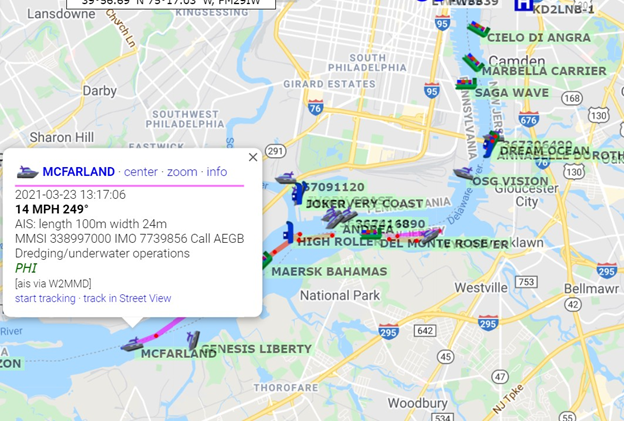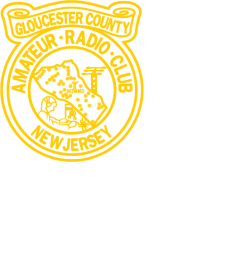Radio location services are used in many places including those monitored at the GCARC clubhouse. Currently we have an APRS station that monitors amateur radio APRS traffic as well as beaconing the current weather recorded by the clubhouse weather station. We also have an ADS-B aircraft monitoring station that receives broadcasts on 1090 megahertz from planes as far away as Richmond Virginia. We recently became interested in a new monitoring protocol used by ship traffic using the “automatic identification system” known as AIS. AIS transmitters are required for international ships with 300 or more gross tonnage and also for all passenger ships. They broadcast on two frequencies – 161.975 megahertz and 162.025 megahertz using a 9600 BPS data transfer rate. Those frequencies are close enough to the amateur 2 meter band that we felt that our current 2 meter APRS antenna would be sufficient to receive those signals, so we started looking into the software and hardware necessary to build out an AIS receiving station.
The ultimate goal was to transfer ship locations to the aprs.fi website used for tracking APRS stations, and to add ship locations to that website. Currently the Philadelphia area shows no AIS data, so apparently there are no other AIS stations in the local area that are reporting to aprs.fi. W2MMD would be the first such station, and ships reported by that station would be visible to all aprs.fi users throughout the Delaware Valley.
As usual, our approach to these projects is to use a Raspberry Pi computer and a low cost rtl-sdr USB radio, so we started searching for the software that would run on a Pi and utilize such an SDR radio for reception. After some experimenting we found that the combination of two programs worked well for this purpose – the rtl-ais program for receiving the signals and the gnuais program for uploading the signals to aprs.fi. Other AIS programs were available but getting them to work with the rtl-sdr receiver was not trivial, and the GNUAIS program could accept the output of rtl-sdr and would automatically upload it to aprs.fi. We were also fortunate to find this article by KB9IQX showing detailed instructions of how to integrate these two programs. The hardest part of this project was identifying the right software to use – once we found the KB9IQX article it was smooth sailing thereafter.
We initially connected the SDR receiver to the discone antenna on the Skunkworks tower behind the clubhouse and received only a few signals, so we temporarily shut down the APRS station and used the collinear antenna that’s at 40 feet on the VHF tower, which gave significantly better reception and has picked up ships as far away as Cape May. As shown on the picture below, clicking on one of the ship images on the aprs.fi site will show details about that ship including that it’s being reported by the W2MMD station.
Since the AIS station is now using the APRS antenna the APRS station is temporarily off the air. We’re looking at switching alternatives that will allow us to share that antenna while allowing the APRS transmitter to continue to transmit beacons and digipeat. Once that issue is solved we’ll have both stations operational again.

